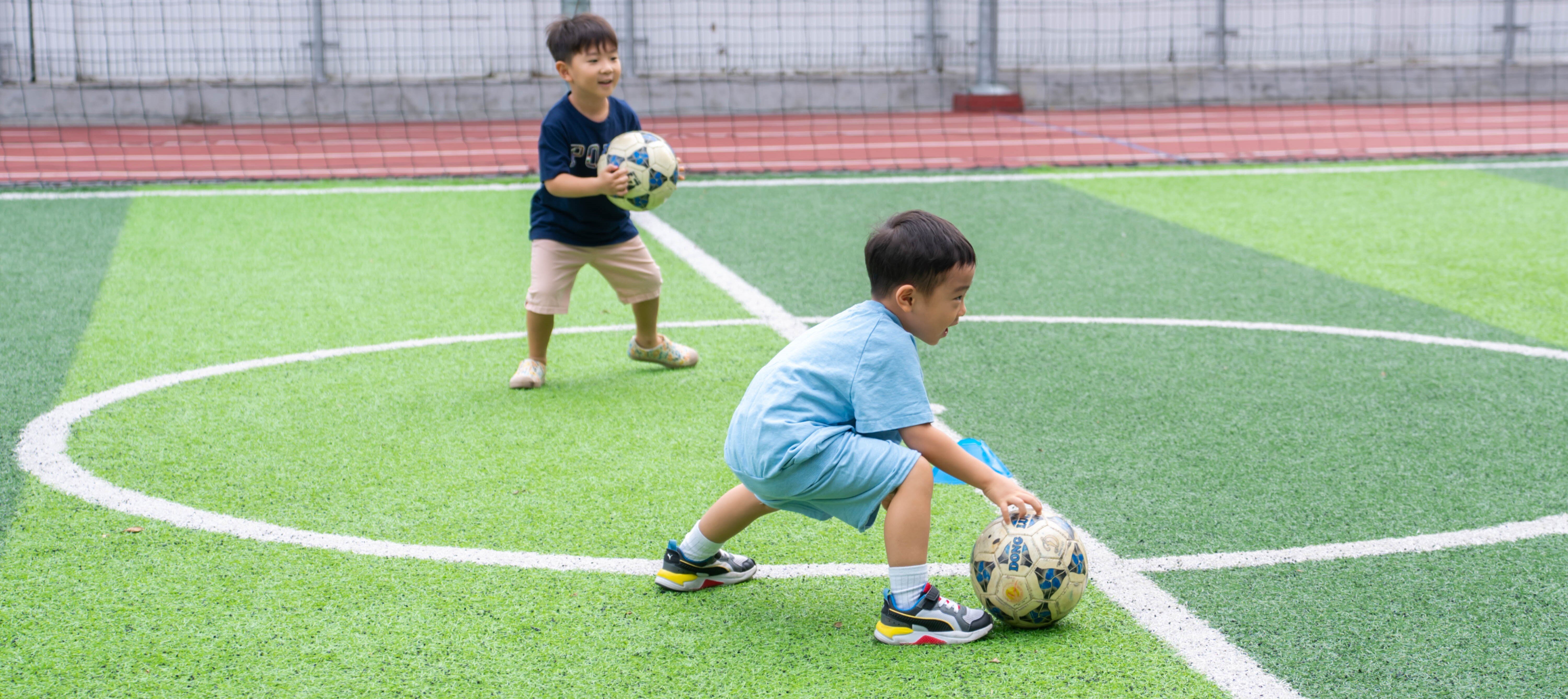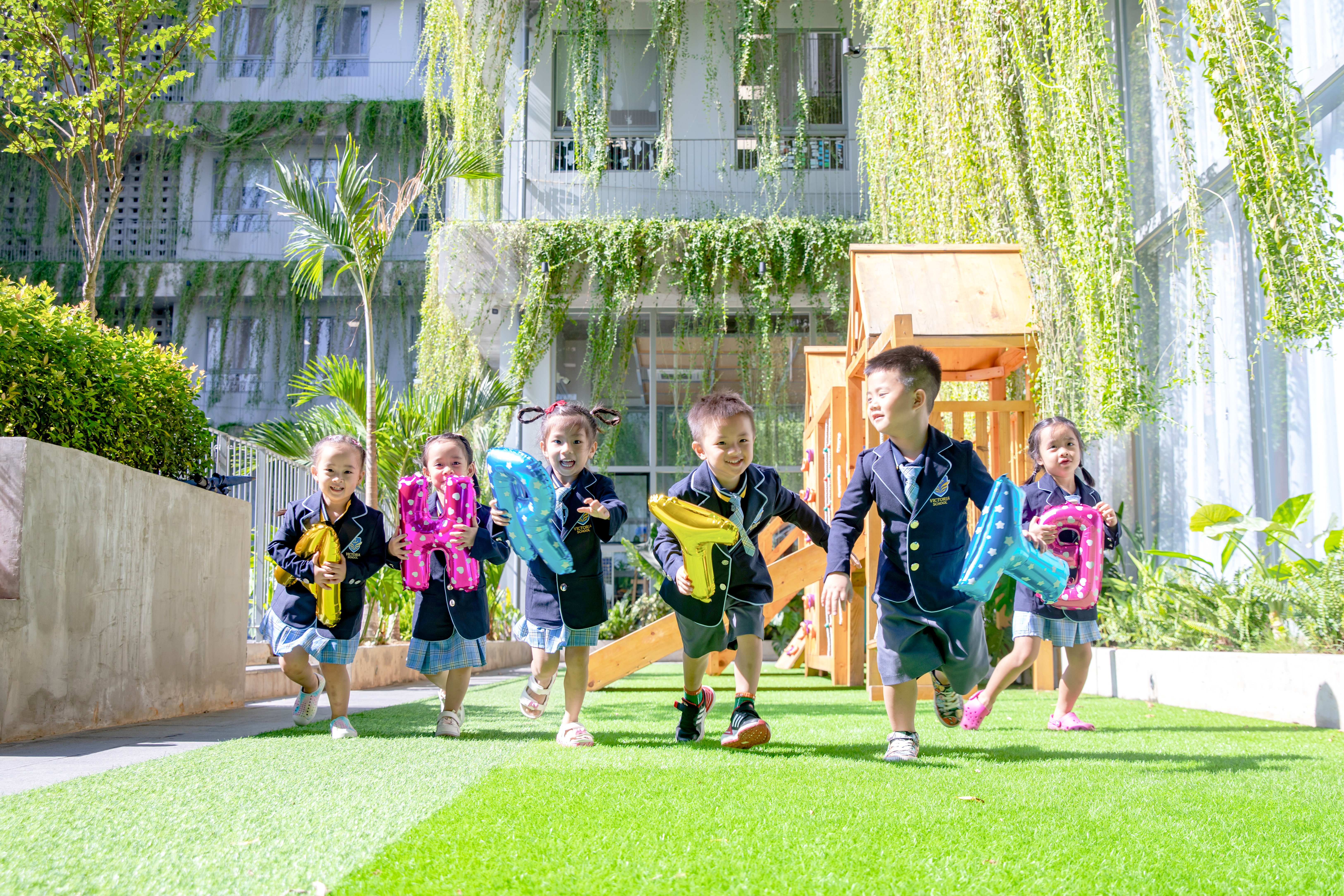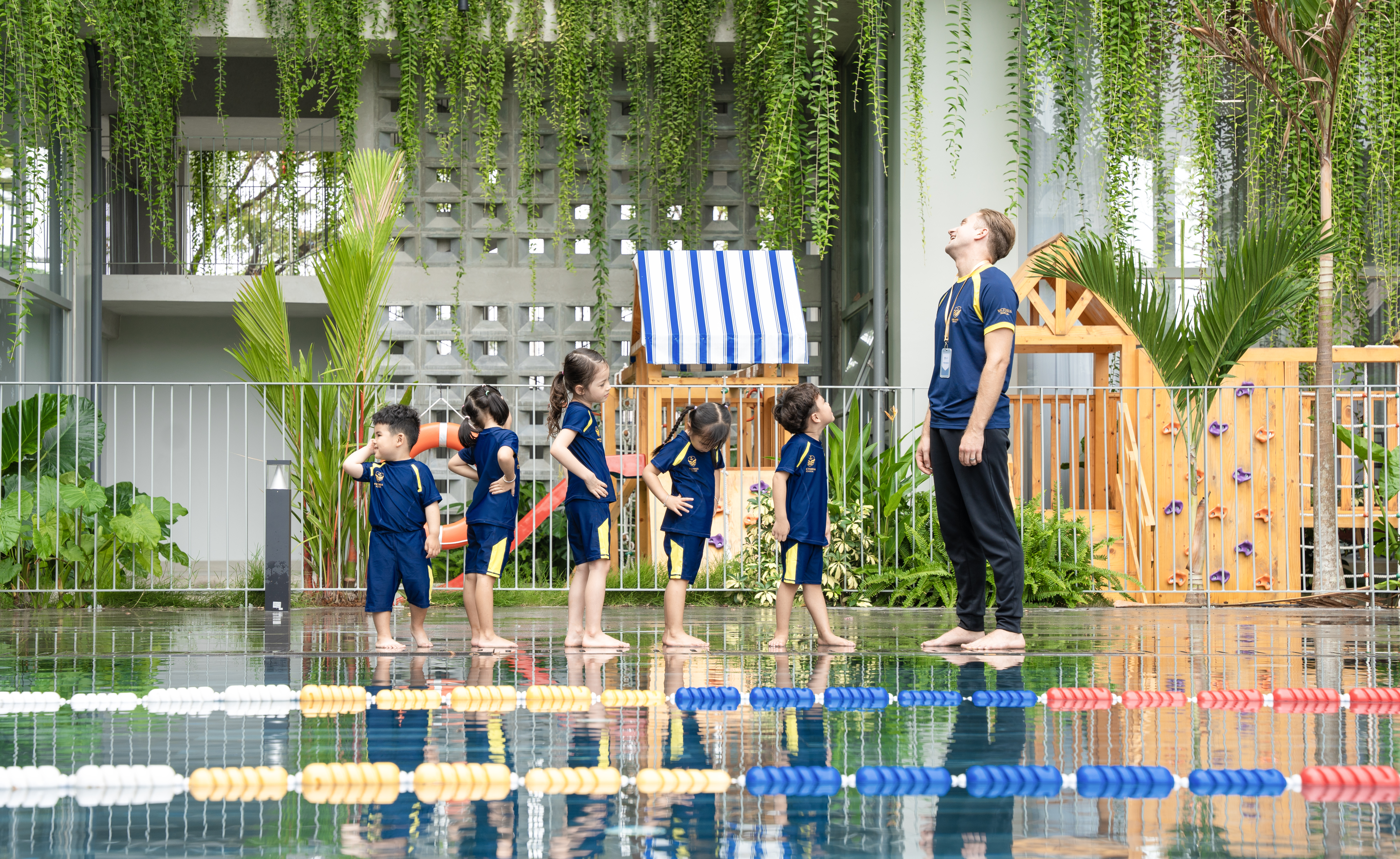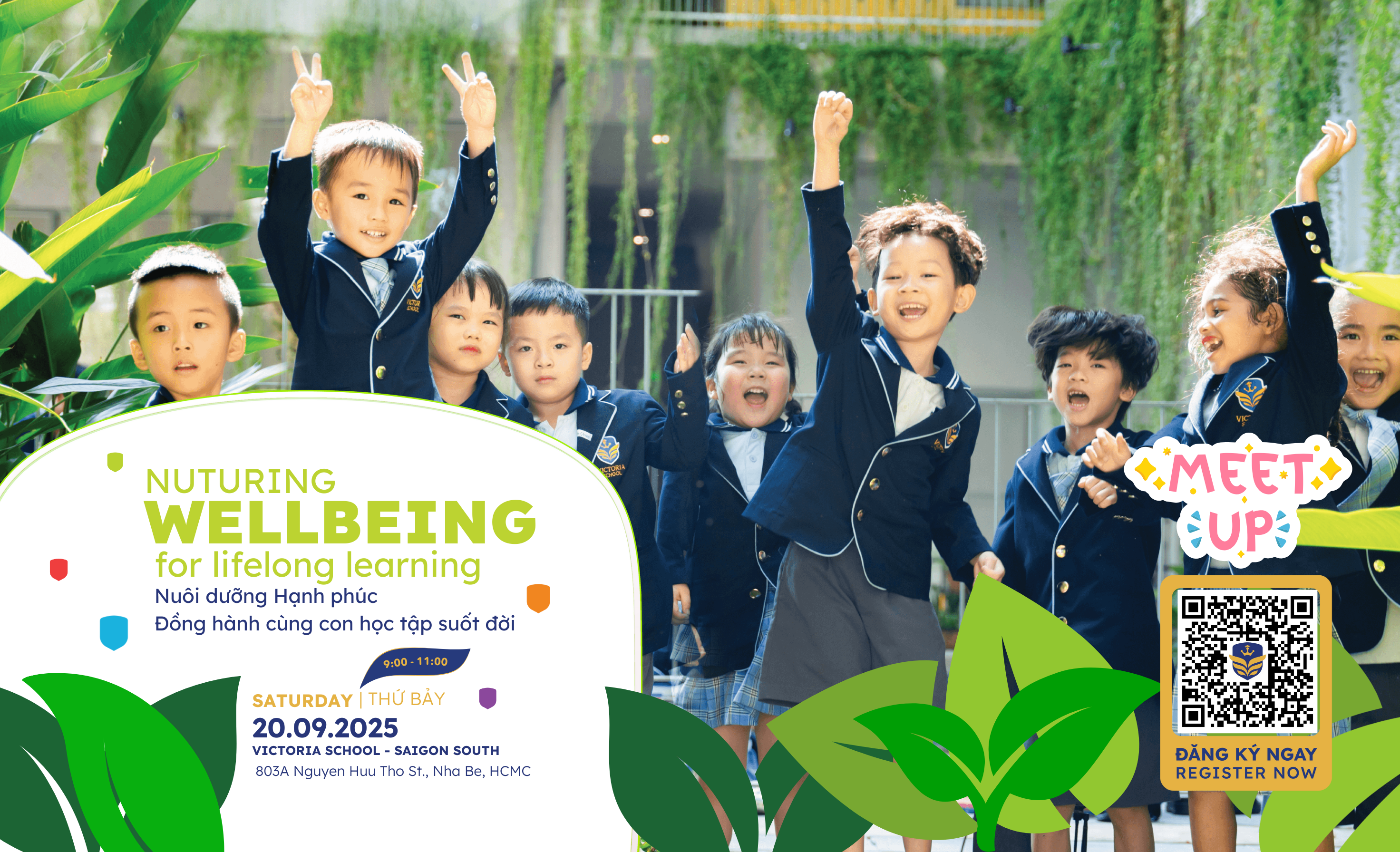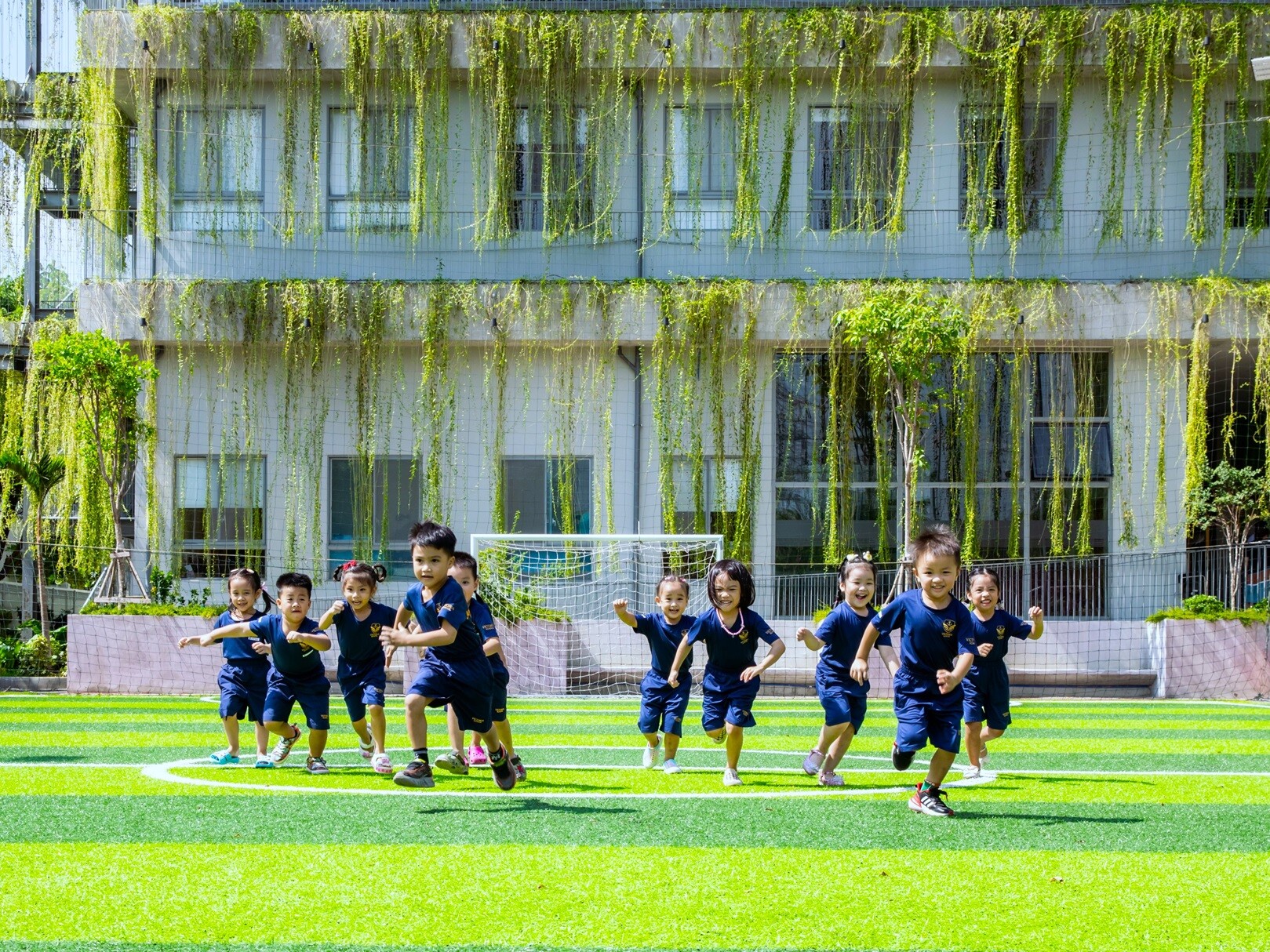How does a "green school" environment impact children's development?
 16.01.2025
16.01.2025
In today's society, with the rapid advancement of technology and urbanization, creating green spaces within schools is becoming an increasingly important trend. Beyond the environmental benefits, green school environments have a profound impact on the holistic development of children.

Promoting Physical Health
Green spaces in schools encourage children to participate in outdoor activities, thereby improving their physical health. Areas such as gardens, grassy fields, or outdoor learning spaces not only provide ideal places for children to be active but also allow them to breathe fresh air and minimize the impact of environmental pollution. Running, playing sports, or simply taking a walk in a green space helps strengthen the cardiovascular system, improve the immune system, and reduce the risk of diseases associated with a sedentary lifestyle.

Furthermore, natural light in green areas helps children absorb vitamin D, supporting bone development and improving overall health. Studies have shown that children regularly exposed to green spaces often have better health indicators than those with limited exposure to nature.
Improving Mental and Emotional Well-being
A learning environment with green spaces plays a crucial role in improving children's mental health. Green spaces help reduce stress, anxiety, and pressure from academic work. Just a few minutes of walking among the trees or participating in outdoor activities can help children regain emotional balance and increase their ability to focus on their studies.

Scientific research has also shown that exposure to nature can stimulate the brain to produce serotonin, which helps children feel happier and more positive. Green spaces are not only places for relaxation but also provide opportunities for children to experience a sense of peace, improving sleep quality and reducing mental health issues.
Stimulating Creative Thinking and Learning Abilities
Green spaces at school serve as an inspiring "open classroom" where children can explore and learn through practical experience. Lessons on biology, environmental science, or art become more engaging when taught in school gardens or natural spaces. Observing plants, insects, or participating in activities like planting trees and gardening not only helps children gain a deeper understanding of the natural world but also sparks their curiosity and creative thinking skills.

These practical experiences also help children develop problem-solving and critical thinking skills, which are essential for their development. Green spaces also encourage children to be more proactive in their learning, thereby enhancing educational effectiveness.
Strengthening Social Skills and Community Connection
Green spaces are not just places for learning but also places to foster social connections. Children have the opportunity to interact, collaborate, and build friendships through outdoor group activities such as planting trees, tending school gardens, or participating in group games. This helps children develop communication skills, learn teamwork, and respect the opinions of others.
In addition, green projects in schools can also promote community involvement. Parents, teachers, and students work together to build and maintain green spaces, creating a sustainable connection between the school and families.

Green school spaces are not merely a trend, but an essential element in creating a holistic educational environment. By bringing nature closer to school life, we not only improve the quality of education but also contribute to building a healthy, creative, and environmentally conscious younger generation. Let's work together to create green spaces so that children can develop fully, both physically and mentally.


